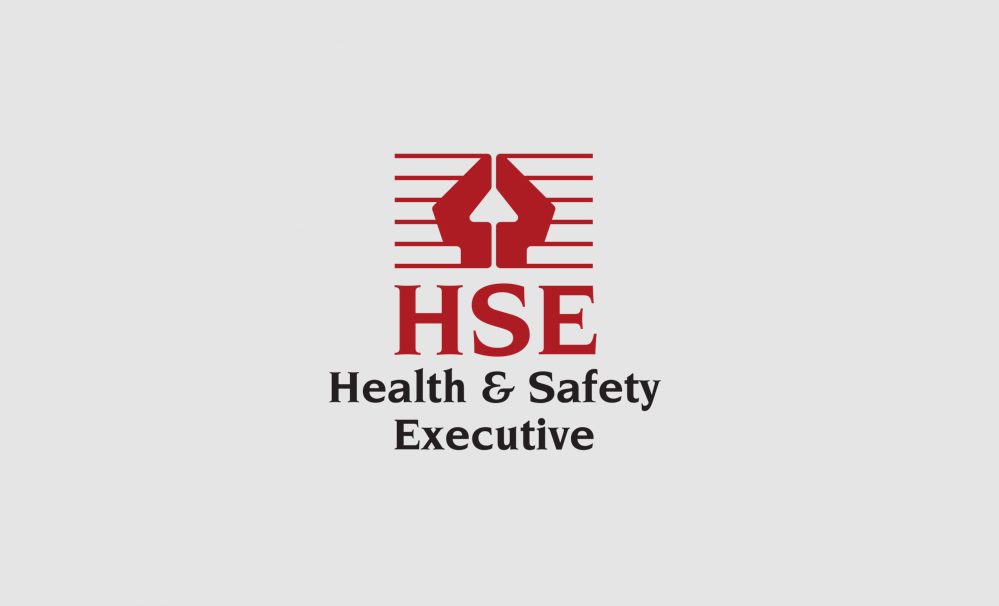Christmas is nearly upon us and while it can be a busy time for shoppers, it’s even busier for those working throughout the festive season – particularly those in the transport and logistics sector who have both in-store and online demands to contend with.
Workers in this industry can find themselves working longer hours with tighter deadlines; whether that’s in warehouses where they may be lifting and moving heavy parcels, or on the road as delivery drivers moving goods and products from one end of the country to the other. These work activities can lead to pain and injury to backs, joints and limbs, also known as musculoskeletal disorders or ‘MSDs’.
What’s the impact of MSDs within the transport and logistics industry?
A few weeks ago, HSE released its latest statistics on work-related ill health and injury. For transport, storage and logistics, the 2017/18 figures show as many as 26,000 workers suffered a work-related MSD and an eye-watering 417,000 working days were estimated to be lost due to this. In the last three years, almost a third (32%) of all RIDDOR-reported injuries in this sector resulted from handling, lifting or carrying activities that went wrong. The estimated cost of work-related ill health in the transport and storage sector for 2016/17 alone was £422 million.
A lot of the work activities and tasks associated with the transport and logistics industry are linked to MSDs such as heavy lifting, repeating an action frequently, bending and twisting, working in an uncomfortable position and working too long without taking a break.
How can transport and logistics employers protect their workers?
At HSE, we have recently launched Go Home Healthy, an award-winning health-focused campaign that aims to help employers prevent and manage cases of work-related stress, occupational lung disease and work-related MSDs.
With this campaign in mind, we’ve pulled together our top 10 tips to help ensure employers in the transport and logistics sector protect their workers, so they can go home healthy to their families throughout Christmastime:
1. Involve workers in planning to make sure contingency plans help lessen health and safety risks.
2. Instruct workers to load their vehicles to match delivery routes to help reduce unnecessary lifting and moving.
3. For deliveries, provide lifting aids and trolleys, and train and encourage workers to use them to help reduce the risk of personal injury.
4. If workers must lift, ensure they apply the safe lifting and carrying principles to reduce the likelihood of strains and sprains.
5. Encourage workers to ask for help where needed, particularly when handling heavy items, and to take care with awkward sizes and shapes.
6. Encourage workers to do anti-fatigue stretches and warm-up exercises to help reduce the chance of personal injury when making deliveries.
7. Allow workers to have rest periods to reduce fatigue and maintain concentration.
8. Provide both new and temporary workers with induction training and give on-going support tailored to what they will be handling.
9. Encourage workers to speak up if they are beginning to struggle or feel under pressure to meet delivery deadlines. Take appropriate action to address workers’ needs and to provide support.
10. While meeting deadlines is important for business, it must be done safely. Lead by example to give workers the right messages and help promote a safe and healthier place to work.
By following these top tips, employers can help make sure their workers will reach business targets in a healthy and risk-averse way. Employers: do the right thing and ensure your workers know how to #WorkRight so they can Go Home Healthy to enjoy Christmas with their families this festive season.
For more information on the Go Home Healthy campaign visit: https://bit.ly/2Fs9kuJ








